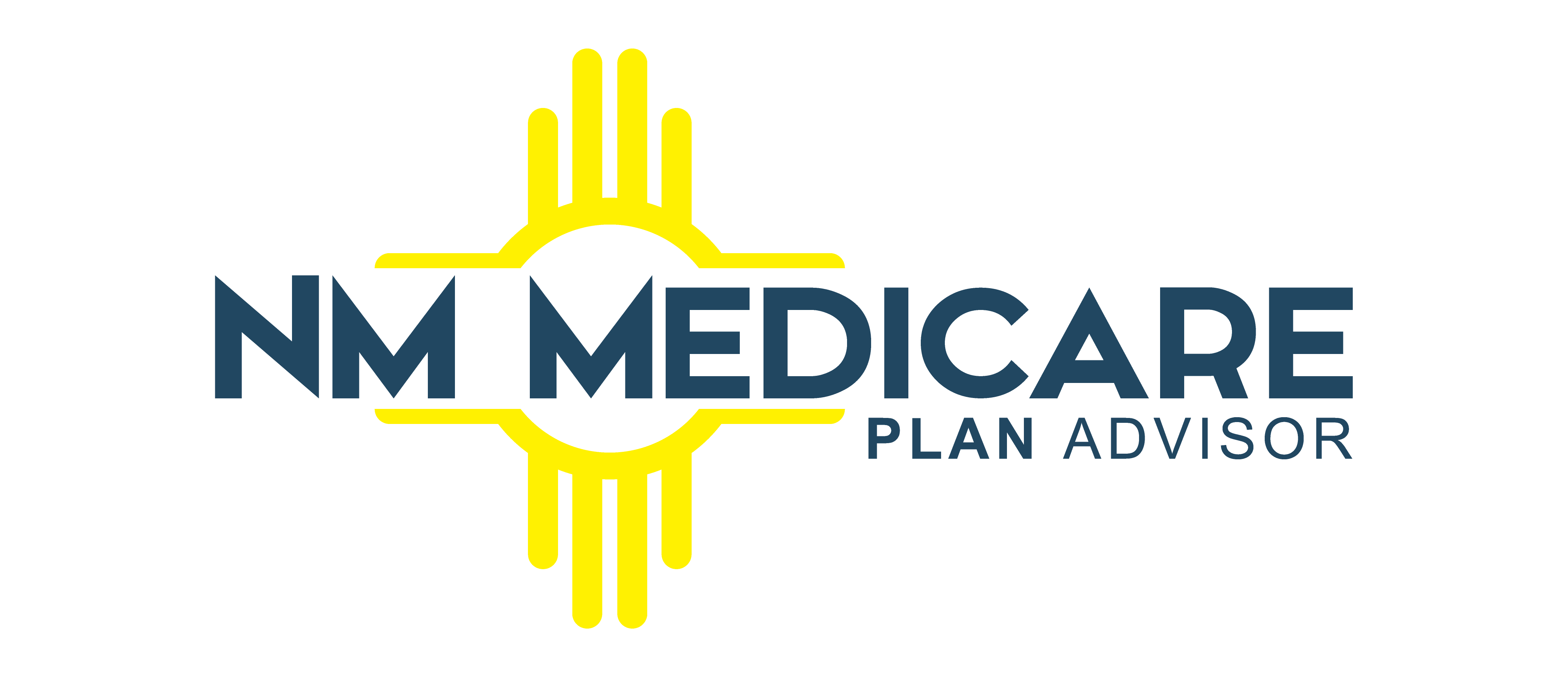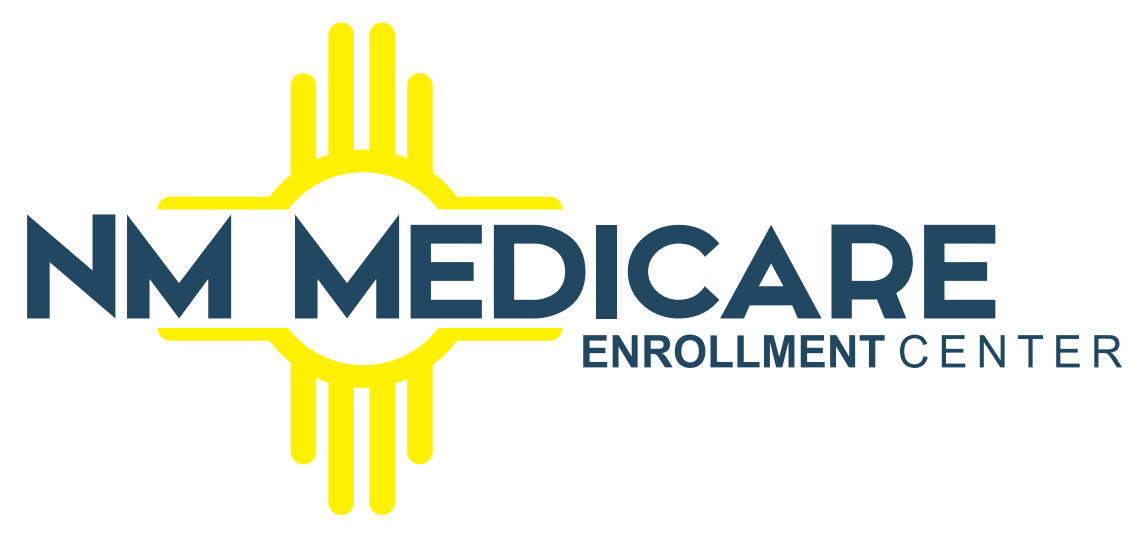Diabetes is a long-term health condition that affects millions of Americans each year. Managing diabetes requires regular doctor visits, medications, glucose monitoring supplies, and sometimes hospital care. Knowing how Medicare helps cover these expenses is important for those who rely on this government program. In this article, we’ll break down how Medicare supports diabetes patients, what costs are included, and how to make the most of your benefits.
What is Medicare?
Medicare is a government-funded health insurance program for people 65 and older, as well as younger individuals with certain disabilities and health conditions. It is divided into different parts, each covering specific medical services. With the rising cost of healthcare, Medicare provides important financial assistance for those who need it, including individuals managing diabetes.
Medicare and Diabetes
Diabetes care can be expensive, but Medicare helps by covering many necessary services, such as doctor visits, blood sugar testing supplies, insulin, and medical equipment related to diabetes. However, understanding how the different parts of Medicare apply to diabetes care is important. Let’s go over each part in more detail.
Medicare Part A Coverage
Medicare Part A covers hospital stays, skilled nursing facility care, hospice care, and some home healthcare services. If a diabetes-related issue leads to hospitalization, such as severe hypoglycemia or diabetic ketoacidosis, Medicare Part A helps cover those costs. However, patients should be aware of deductibles and coinsurance before receiving care.
Medicare Part B Coverage
Medicare Part B covers outpatient services, preventive care, and medical equipment. For diabetes patients, Part B is especially helpful as it includes coverage for:
- Diabetes screenings and tests
- Blood sugar monitors and test strips
- Insulin pumps and supplies
- Nutrition therapy for diabetes management
- Diabetes self-management training
After meeting the deductible, patients typically pay 20% of the Medicare-approved amount for these services.
Medicare Part C (Medicare Advantage)
Medicare Advantage, or Part C, is an alternative to Original Medicare. These plans are offered by private insurance companies and often include additional benefits beyond what Part A and Part B cover. Many Medicare Advantage plans offer vision, dental, and wellness programs that can be useful for diabetes management. Coverage details vary by plan, so reviewing options carefully is important.
Medicare Part D (Prescription Drug Coverage)
Medicare Part D helps cover prescription drugs, including diabetes medications and insulin. Different Part D plans cover different medications, so comparing plans is essential to ensure your prescriptions are included. Starting in 2025, Medicare will limit the cost of insulin to $35 per month for covered insulin products, reducing out-of-pocket expenses for beneficiaries.

Conclusion
Medicare provides important support for managing diabetes by covering medications, supplies, and preventive services. Understanding the details of your plan can help you make informed choices about your healthcare. By using Medicare’s diabetes benefits, you can manage your condition effectively while keeping costs under control.
At New Mexico Medicare Plan Advisor, we can help you find a Medicare plan that fits your needs. If you have questions or need help choosing the right plan, our knowledgeable agents are here to guide you. Contact us today to explore your options and get the best coverage for your diabetes care.



